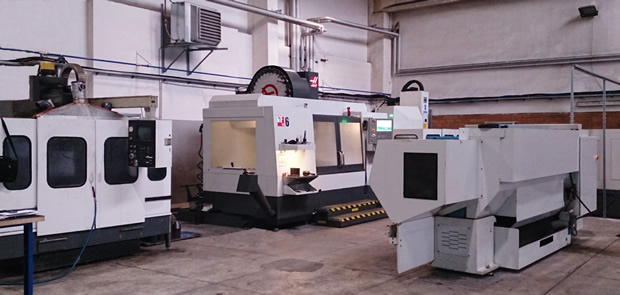The use of air hoists is very common in various branches of industry. This is not only owing to the phenomenal usability of this equipment, but also thanks to the vast scope of works it can be used for. The two most important aspects are choosing equipment that provides suitable lifting capacity and effective performance for the intended lifting operation.

Where air hoists are used?
Thanks to the use of heavy duty materials and powerful motors, air hoist can manipulate a range of loads from a few kilograms up to tens of thousands of kilograms without trouble. That is why an air hoist is a perfect solution for lifting heavy individual structural elements or for repeatedly handling smaller equipment.
For this reason, such solutions are frequently used, among others, in assembly lines, power plants and shipyards, but because the equipment can be matched with specific standards, it can also be used on the high seas, oil platforms, refineries and in explosion hazard areas. It all comes down to the hoists being designed to match the needs of the lifting operation and the surrounding environment.
Design and characteristics of air hoists
Air hoists are a fairly broad category of devices differing in design to suit the maximum load, speed and if chain or wire rope to lift the load. This is why it is absolutely essential to check if the specification of a given model matches the requirements of the job, before the purchase is made.
Depending on individual needs, air hoists can be divided into stationary hoists (hook suspension hoists), mobile hoists fitted with a trolley (can travel along a runway beam or swing) and when mounted on an overhead crane the hoist can lift, lower, cross travel and long travel.
Standard equipment includes, first of all, a robust housing cast from high grade steel or alloy, a high power vane motor with a planetary gearbox used for lifting and lowering the load and an internal dampening system ensuring considerable noise reduction during operation. Safety is guaranteed by an efficient automatic failsafe internal disc brake and equally important during the operation of the device is a high quality calibrated load chain manufactured according to the EN 818-7 standard.
Additional equipment for air hoists
Basic versions of air hoists are suited for operation in standard industrial conditions. But they can also be adapted to other uses, with optional equipment fitted and various additional safeguards.
When used in marine environments the hoist is protected with a marine paint system, Stainless Steel parts, galvanised load bars and bolts, special chain and salt water resistant greases for corrosion resistance. This applies to materials used in the manufacturing other equipment such as trolleys, pendants and air supply systems.
In the case of operation in hazardous areas where gas or dust may be present, anti-sparking materials and equipment design is used to mitigating the risk of ignition, reducing heat, static build-up and sparks from the hoist are all required to meet the ATEX safety regulations.
Apart from the specifications adapted to the given conditions, air hoists and powered trolleys can also be fitted with optional protective bumpers, drives, control systems, as well as other additional elements custom designed to the exact needs of the customer, using our in house design team and over 25 years of experience.
Air hoists are an essential piece of equipment in the industry of today. They enable safe handling of heavy loads and facilitate work to a considerable extent. Additionally, owing to the heavy duty materials used air hoists can be operated for many years to come, provided that they well looked after are regularly serviced.
Author:
 Bill Aitken, Managing Director, Red Rooster Industrial (UK) Ltd
Bill Aitken, Managing Director, Red Rooster Industrial (UK) Ltd
34 years of experience in the lifting equipment industry
Red Rooster Industrial – with over 25 years of experience, we specialise in the development, production, sale, rental, and service of lifting equipment. Serving clients in 36 countries, Red Rooster’s branches are located in Scotland, Poland, and England.




Comments are closed.